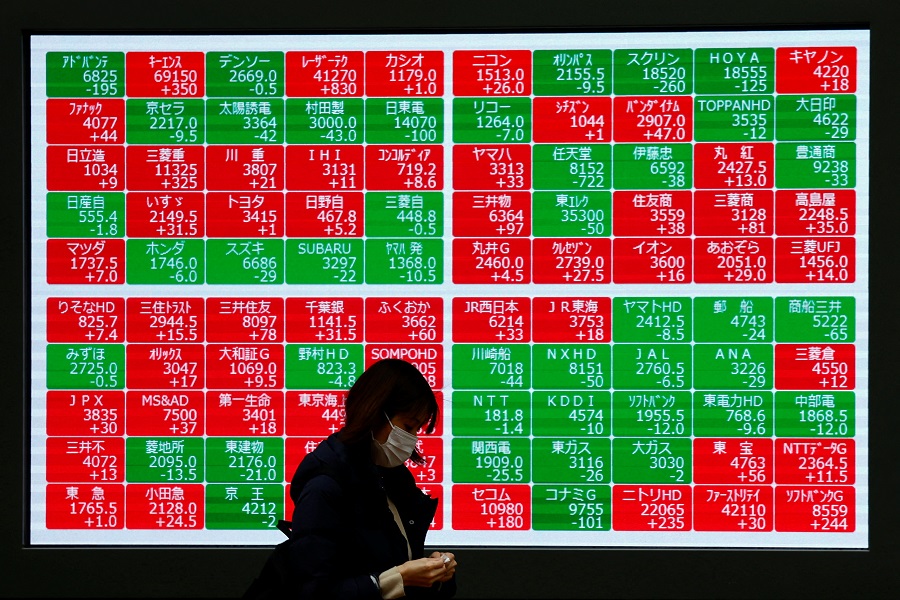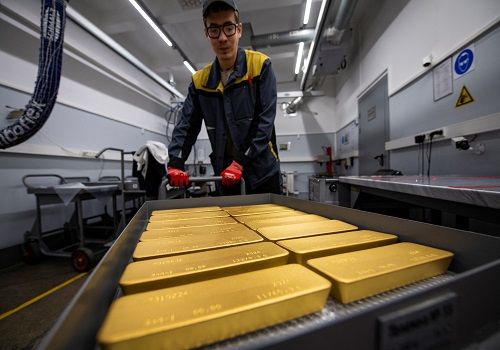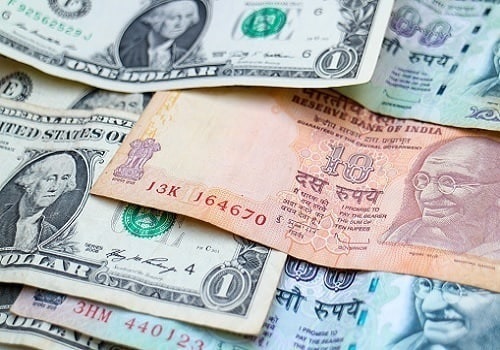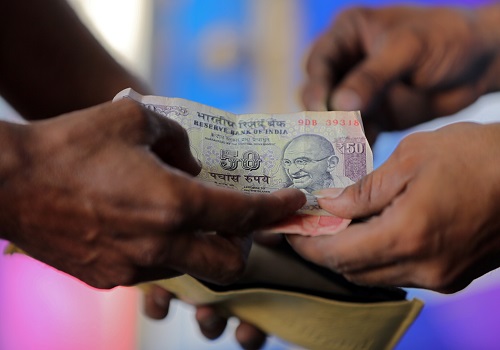Yen cedes some ground ahead of critical BOJ test
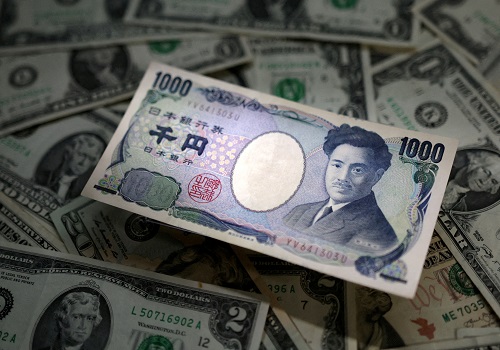
Follow us Now on Telegram ! Get daily 10 - 12 important updates on Business, Finance and Investment. Join our Telegram Channel
The yen dipped slightly on Monday as the Bank of Japan (BOJ) kicked off its two-day monetary policy meeting, with traders nervously awaiting a decision on whether the dovish central bank could finally unwind its ultra-loose monetary settings.
In the broader market, currencies started the week on a cautious note after large swings last week mainly driven by a slew of central bank meetings, which included rate decisions from the Federal Reserve, the European Central Bank (ECB) and the Bank of England (BoE).
The yen fell 0.2% to 142.41 per dollar in early Asian trade, reversing some of the nearly 2% gain it made last week on the back of the dollar's decline.
The Japanese currency has had a volatile few weeks as markets struggle to get a grip on how soon the BOJ could phase out its negative interest rate policy, with comments from Governor Kazuo Ueda earlier this month initially sparking a huge rally in the yen.
That was later reversed on news that a policy shift was unlikely to come as early as December, and investors now await Tuesday's BOJ decision for further clarity on the bank's rate outlook.
"The meeting will be relevant and important in terms of what the BOJ does, and there are some in the market that still expect that maybe there's a surprise," said Rodrigo Catril, senior FX strategist at National Australia Bank.
"We tend to lean to the idea that they're still on wait-and-see mode... for more evidence, in particular the labour market and wages growth are rising towards the 2% level, at the minimum.
"The best case scenario would be for the bank to set the stage for things to come in 2024, conditional on these economic outcomes being delivered."
Against the euro, the yen edged 0.1% lower to 155.11. The Australian dollar rose 0.13% to 95.45 yen.
RATE CUTS LOOM?
Elsewhere, the dollar stood not too far from four-month lows on the British pound and nearly five-month lows on the Australian and New Zealand dollars hit last week, after Fed officials hinted at rate cuts next year.
Sterling last bought $1.2678, while the kiwi rose 0.19% to $0.6219.
The greenback, which has for most of 2022 and 2023, drawn support from a slew of aggressive rate hikes from the Fed and expectations of higher-for-longer rates, tumbled roughly 1.3% against a basket of currencies last week in the wake of the Fed's policy meeting.
The dollar index was last 0.05% lower at 102.57.
"The Fed has officially opened the door to the next cycle of rate cuts," said Franck Dixmier, global chief investment officer for fixed income at Allianz Global Investors.
"While the Fed may have been criticised for taking too long to raise rates, it clearly has no intention of wasting any time in lowering them."
The ECB and BoE likewise kept interest rates steady at their respective policy meetings last week, though unlike the Fed, both pushed back against expectations of imminent rate cuts.
"(ECB President) Christine Lagarde has made it clear that rate cuts weren't on the table, marking a stark contrast to the Fed's approach, which remains intensely focused on the growth risks associated with maintaining higher rates for an extended period," said Monica Defend, head of Amundi Investment Institute.
"This divergence is particularly notable given the euro zone's recent weaker economic performance and more rapid disinflation compared to the U.S. Meanwhile, the (BoE) maintains a cautious stance, showing no indication of deviating from its 'higher-for-longer' policy."
The euro was last 0.07% higher at $1.0900, helped by a weaker dollar, though the single currency continues to be weighed by a darkening growth outlook in the euro zone.
Data last week showed the downturn in the bloc's business activity surprisingly deepened in December, indicating its economy is almost certainly in recession.












 320-x-100_uti_gold.jpg" alt="Advertisement">
320-x-100_uti_gold.jpg" alt="Advertisement">






